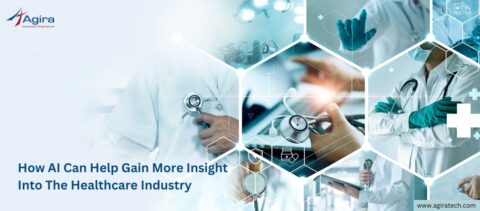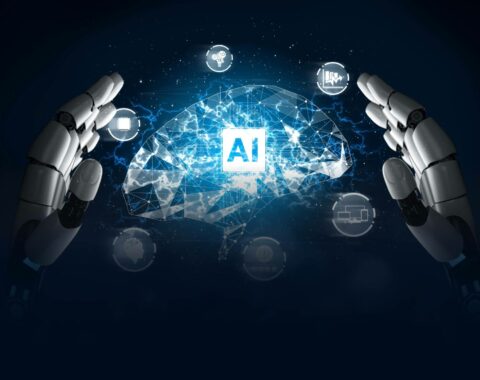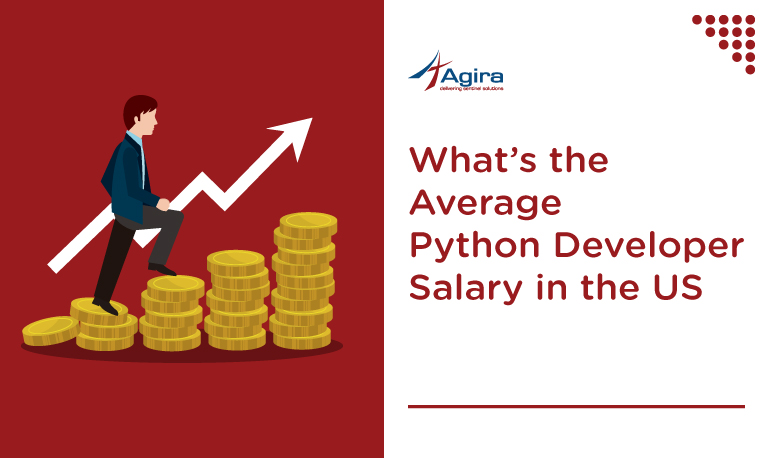Data science typically is helping us out to analyze & process the data and to extract the precise value from massive amounts of data which is loved by most of the professionals. Current generation has a lot of young engineers and programmers who aim to become a data scientist and experts who are passionate about exploring and experiencing all the best performing data science tools.
Some of the data science tools have user-friendly Graphical User Interface because of which anyone can easily get adopted and adapted to it & can build high-quality models.
- RapidMiner
- Data Robot
- Apache Hadoop
- Trifacta
- Alteryx
- Knime
- Matlab
- Excel
- Cloud DataFlow
- Kubernetes
1) RapidMiner:
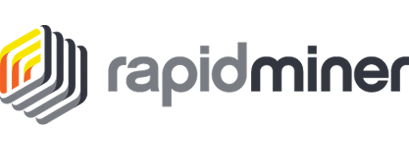
Rapidminer is the most popularly known tool in the market today that puts the power of machine learning in the hands of a business analyst without having programming experience. It performs the entire life-cycle of prediction, modeling, starting from data preparation to model building and finally validation and deployment.
Features of RapidMiner:
- It has interactive, sharable dashboards
- Data filtering, merging, joining and aggregating
- It possesses multiple data management methods.
- Store streaming data to numerous databases.
- Build, train and validate predictive models.
2) Data Robot:
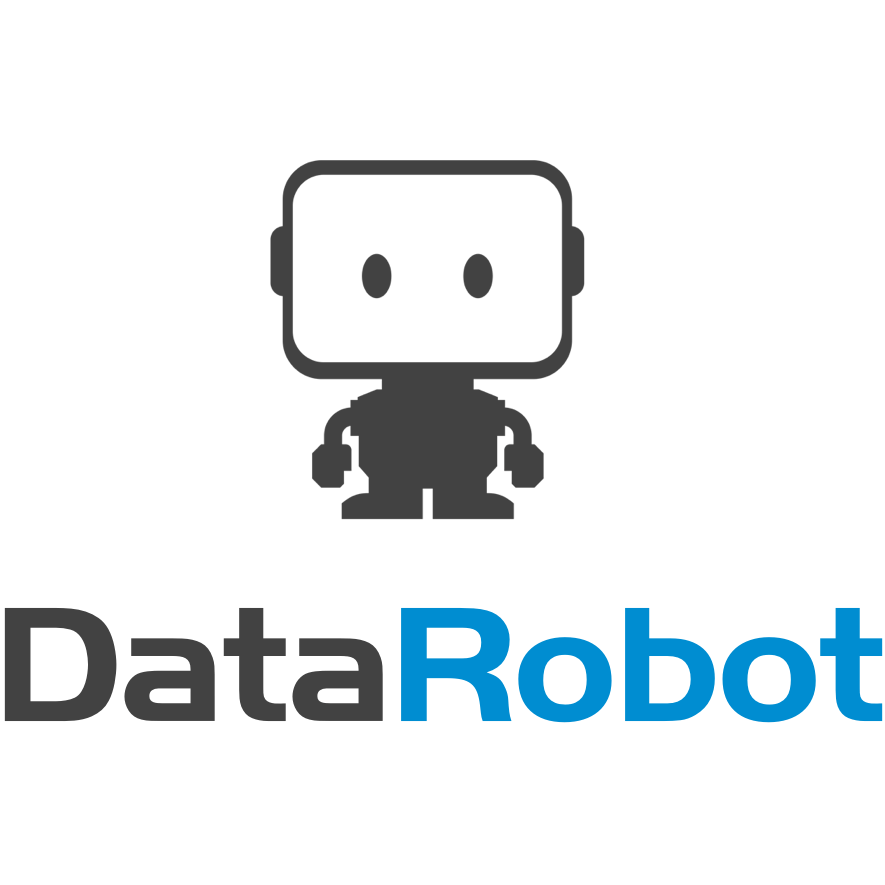
DataRobot is used by business analysts, executives, IT professionals, and data scientists as it is a predictive analytics software which is considered to be enterprise-grade, as it offers a powerful platform that affords its users never done or known before levels of automation. Because of which machine learning tasks have become easier.
DataRobot does this by streamlining the necessary processes surrounding the machine learning modeling lifecycle to create highly accurate predictive models faster and easier.
Features of Data Robot:
- It has a distributed architecture.
- Numerous database certifications.
- Enterprise security integrations.
- Data accuracy and speed.
3) Apache Hadoop:
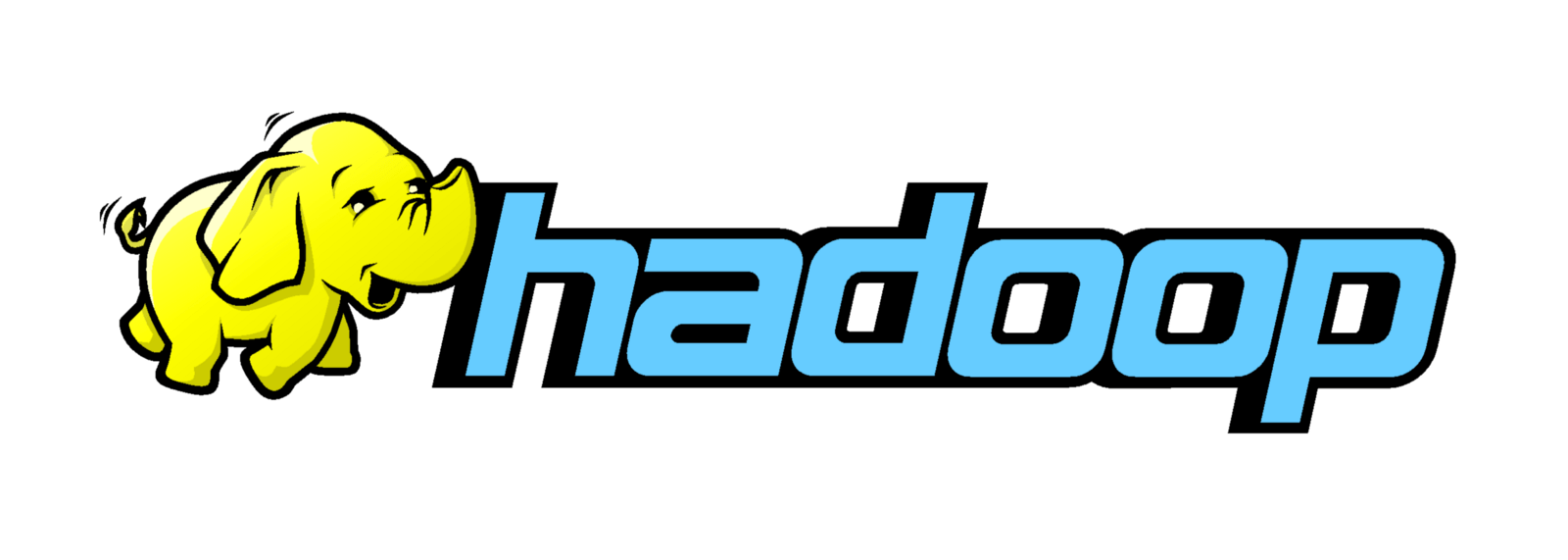
Apache Hadoop is an open-source framework with a collection of open-source software utilities that move across a network of multiple computers to resolve the problems involving big data and computation. It was Originally designed for a cluster of computers built from commodity computing which is still the common use. It was created because if there is any hardware failure, it will be automatically handled by the framework.
Features of Apache Hadoop:
- Hadoop brings flexibility in data processing.
- Hadoop is easily scalable.
- Hadoop is fault tolerant.
- Hadoop is great at faster data processing.
- Hadoop is very cost effective.
4) Trifacta
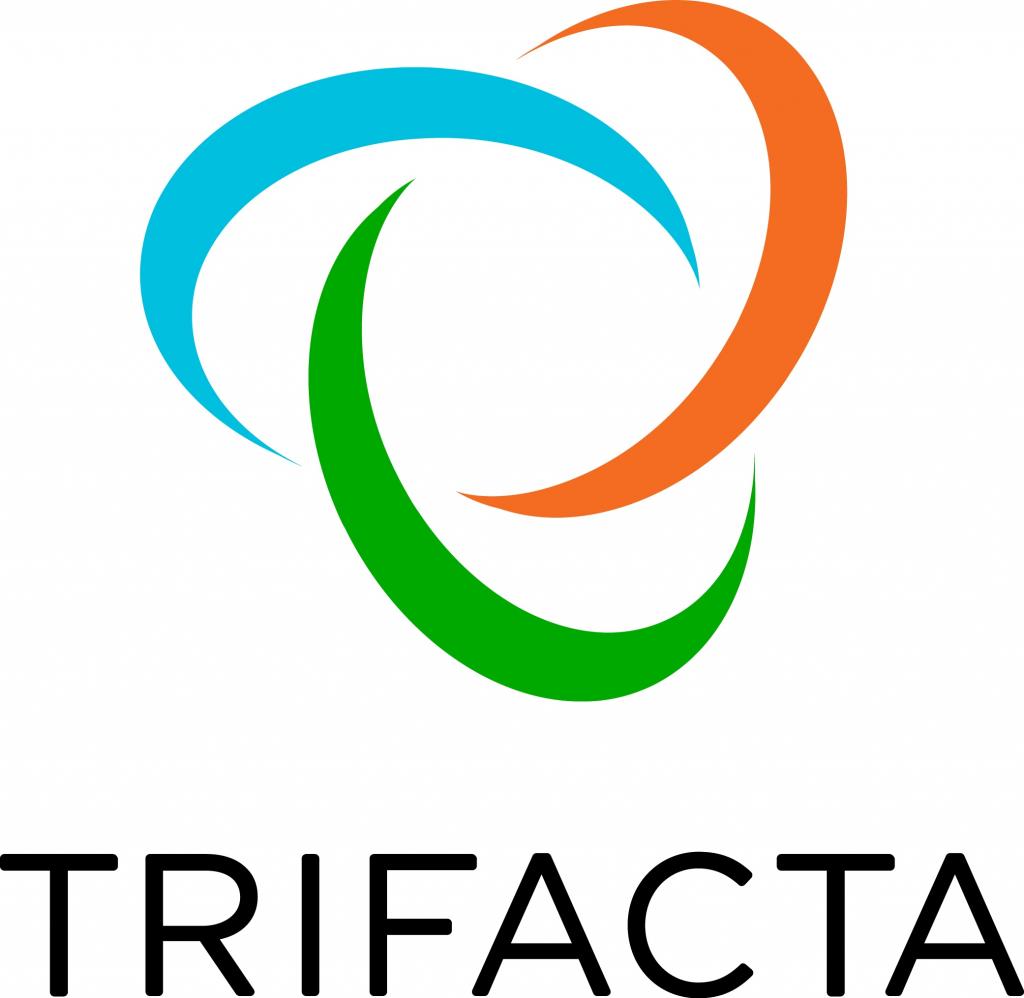
Trifacta is an amazing tool who can perform multiple jobs such as data preparation, cleaning, and transformation which eliminates the need for a data scientist. It is free stand-alone software that offers an intuitive GUI for performing data cleaning. It was created to eliminate the use of excel and make the data handling process easier.
Features of Trifacta:
- It helps the user to explore, clean, transform and join the desktop files together.
- It is a self-service platform for data preparation.
- Free, open-source tool, etc.
5) Alteryx:
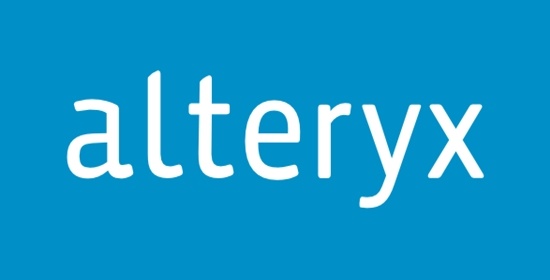
Alteryx is an advanced data analytics platform which is created to serve the business analysts who looks for a self-service solution. It consists of 3 basic components such as, Gallery, Designer, and Server, which blends data from external sources and generate comprehensive reports which can be used separately. The software structure evaluates data from various external sources and organizes them into comprehensive insights which are further used for business deciding and are shared with internal or external users. It deploys data in a decentralized way and eliminates in such way the risk of underestimating it. At the same time, it is well-integrated, easy to use, and can run on both the premise and in the cloud.
Features of Atleryx
- It provides the feature of discovering and collaborating the data across various organizations.
- It provides service which is used to prepare and analyze models.
- It has the capability to centrally manage users, workflows and datasets, etc.
- It has the feature of embedding multiple languages such as R, Python and alteryx into the processor.
- Encryption, Governance & Security, etc.
Related: Introduction to Machine Learning With Sample Program
6) Knime:

It is an open-source platform which is helpful for the data scientists where it helps them blending tools and data types together. It also has a feature to choose a tool of the users choice and expand them with additional capabilities.
Key features of Knime
- It is helpful when recursive and time-consuming aspects come across.
- It experiments and expands to Apache Spark and Big data.
- It is versatile with data sources and platforms, etc.
- Parallel execution on multi-core systems.
- Intuitive user interface, etc.
7) MATLAB:

MATLAB is also known as “Matrix Laboratory” is a 4th generation high-level programming language and interactive environment for numerical computation, visualization, and programming. It allows the user to analyze the data, develop algorithms and to create models. It can also be used for wireless communication and data analytics.
Features of MATLAB
- Scalability is one of its key features.
- Code conversion to multiple languages such as C/C++, HDL, and CUDA is easy as compared to the others.
- Interactive environment is provided for exploring, designing and problem-solving.
- Tools are provided for building applications with custom graphical interfaces.
8) Excel:

It is one of the oldest tools for analyzing data which can be used by a non-technical person too. You can use this tool to implement any kind of numeric logic.
Features of Excel
- Conditional formatting.
- Pivot tables.
- Absolute reference.
- Extend formula across/down.
- Flash fill, etc.
9) Cloud DataFlow:

Cloud dataflow executes data processing pipelines for both batch and real-time streaming applications. It helps the developers to set up the pipeline for different purposes such as integrating, preparing, and analyzing large data sets which are found in web analytics or big data analytics application.
Features of Cloud DataFlow
- Serverless
- Processing code is separate from the execution environment.
- Batch and streaming modes use the same programming model.
- It is good with big data.
Best To Read: Guide To Deploy Python Flask Application In AWS Lambda
10) Kubernetes:

An open-source platform for automating application deployment, scaling, and management. Originally designed by Google and now maintained by Cloud Native Computing Foundation. This platform is written in ‘Go’ language which is a platform for working with containers not specifically docker just containers in general.
Features of Kubernetes:
- Automates various manual processes.
- Self-monitoring and healing.
- Horizontal scaling.
- Container balancing.
- Storage orchestration
Love reading? Like to explore more about the opportunities to expand Data science? Post us your thoughts in the comment section. Would like to have healthy knowledge transferring session.
[contact-form-7 404 "Not Found"]





